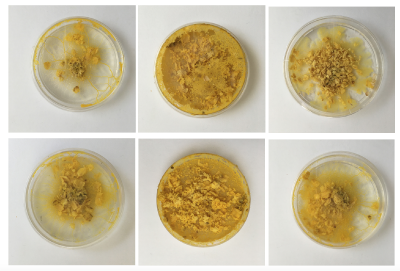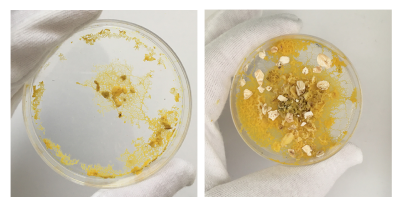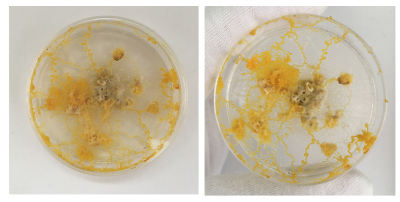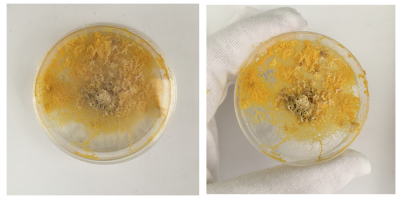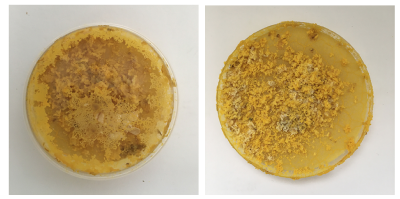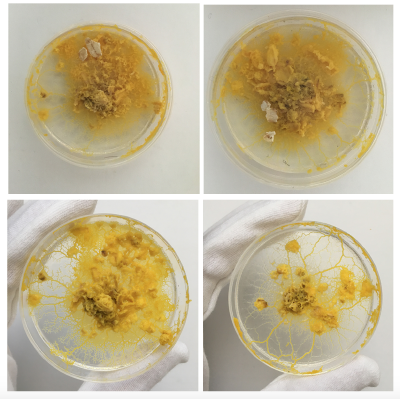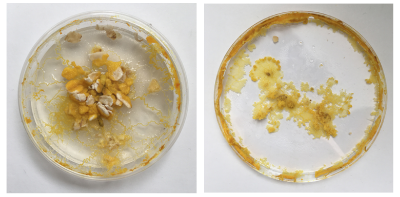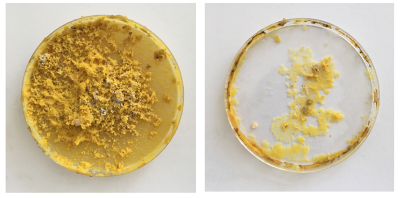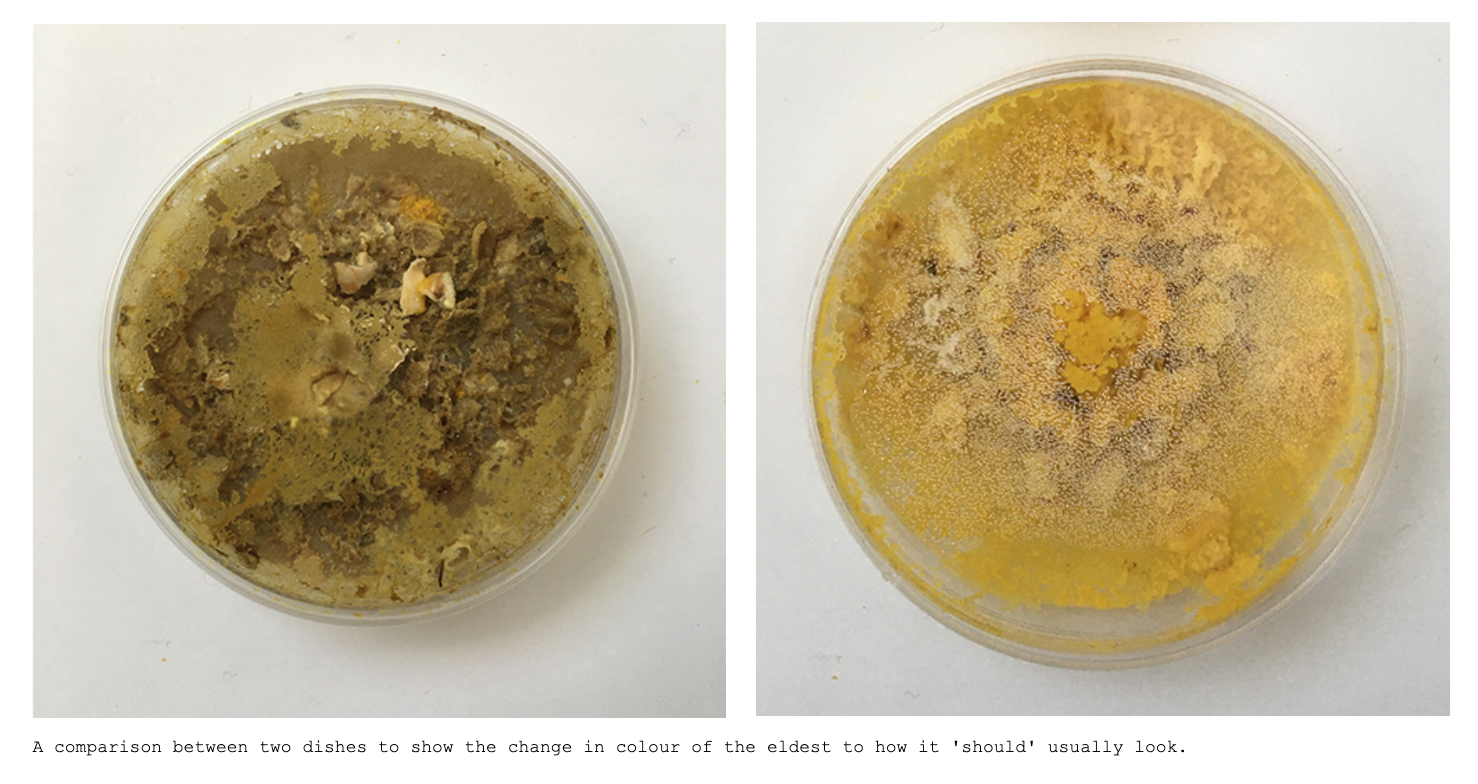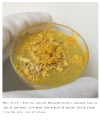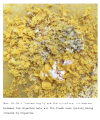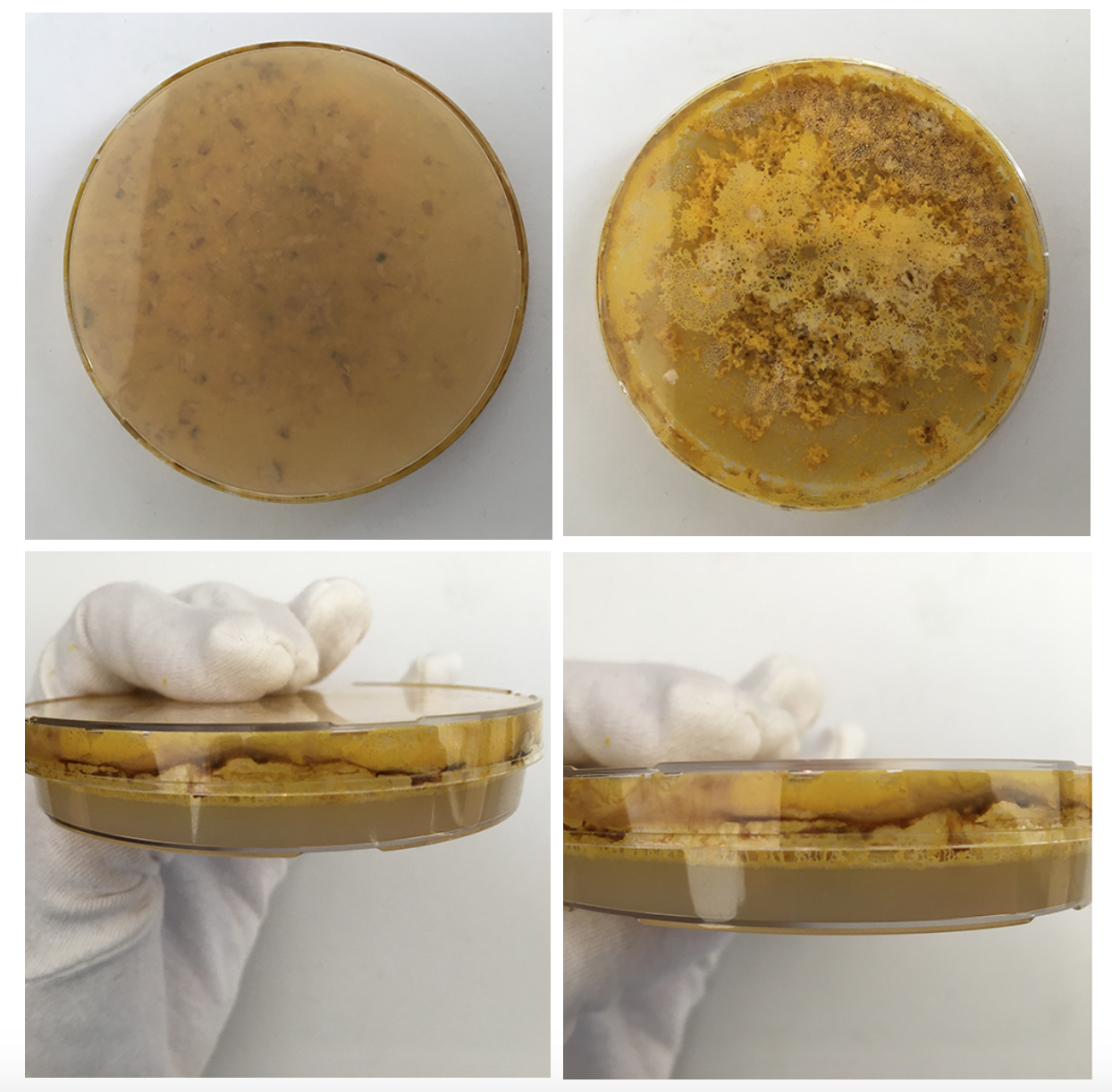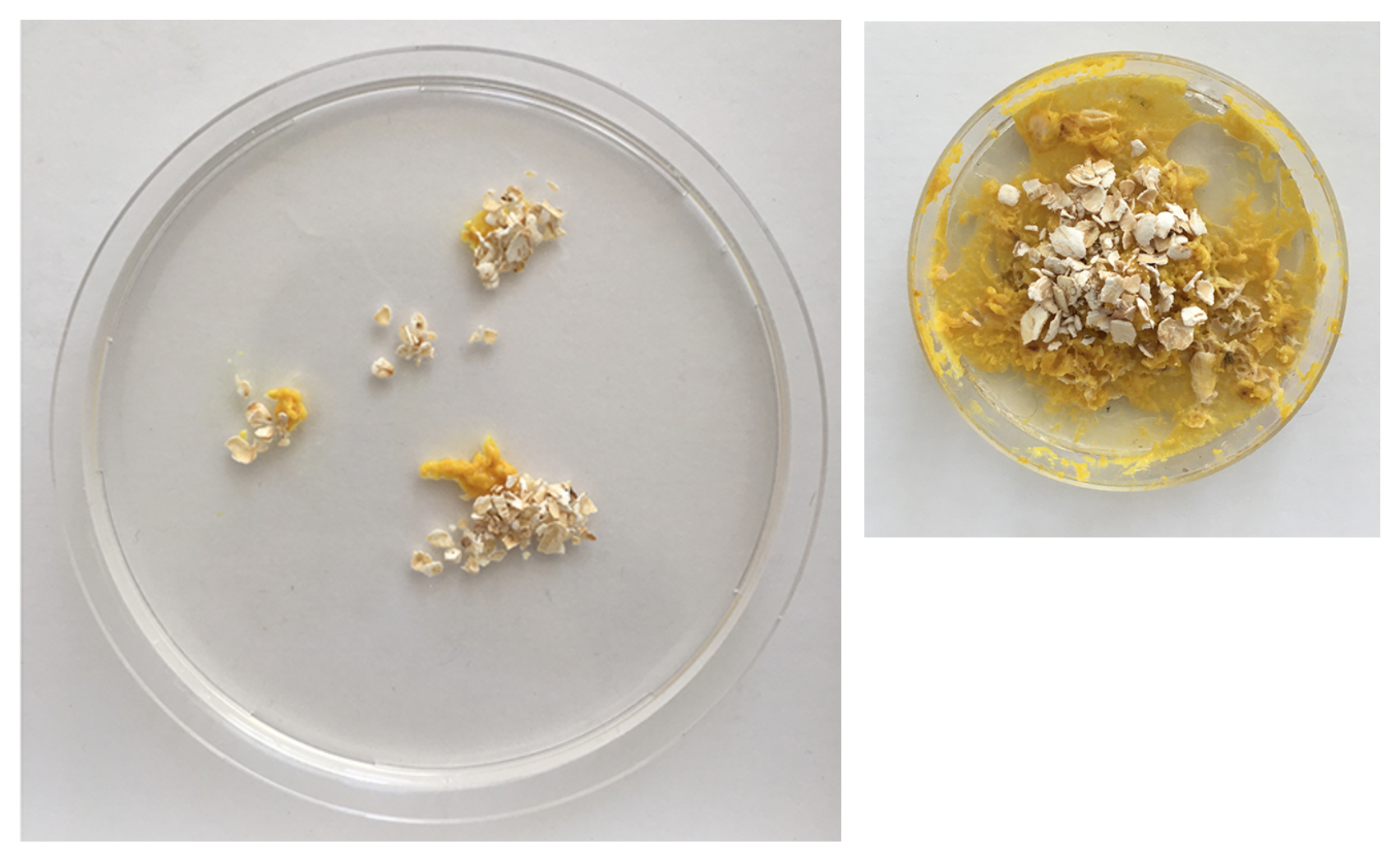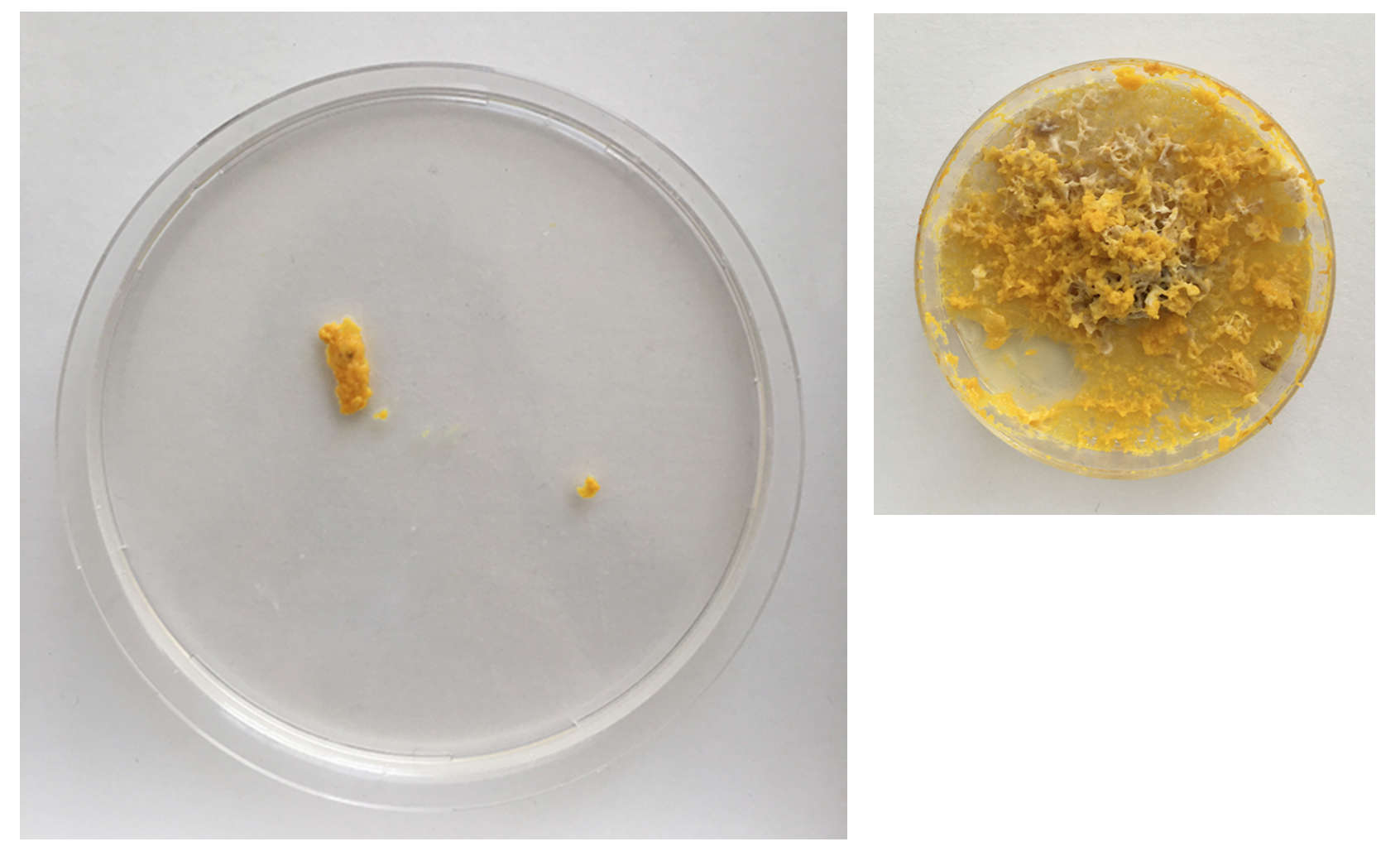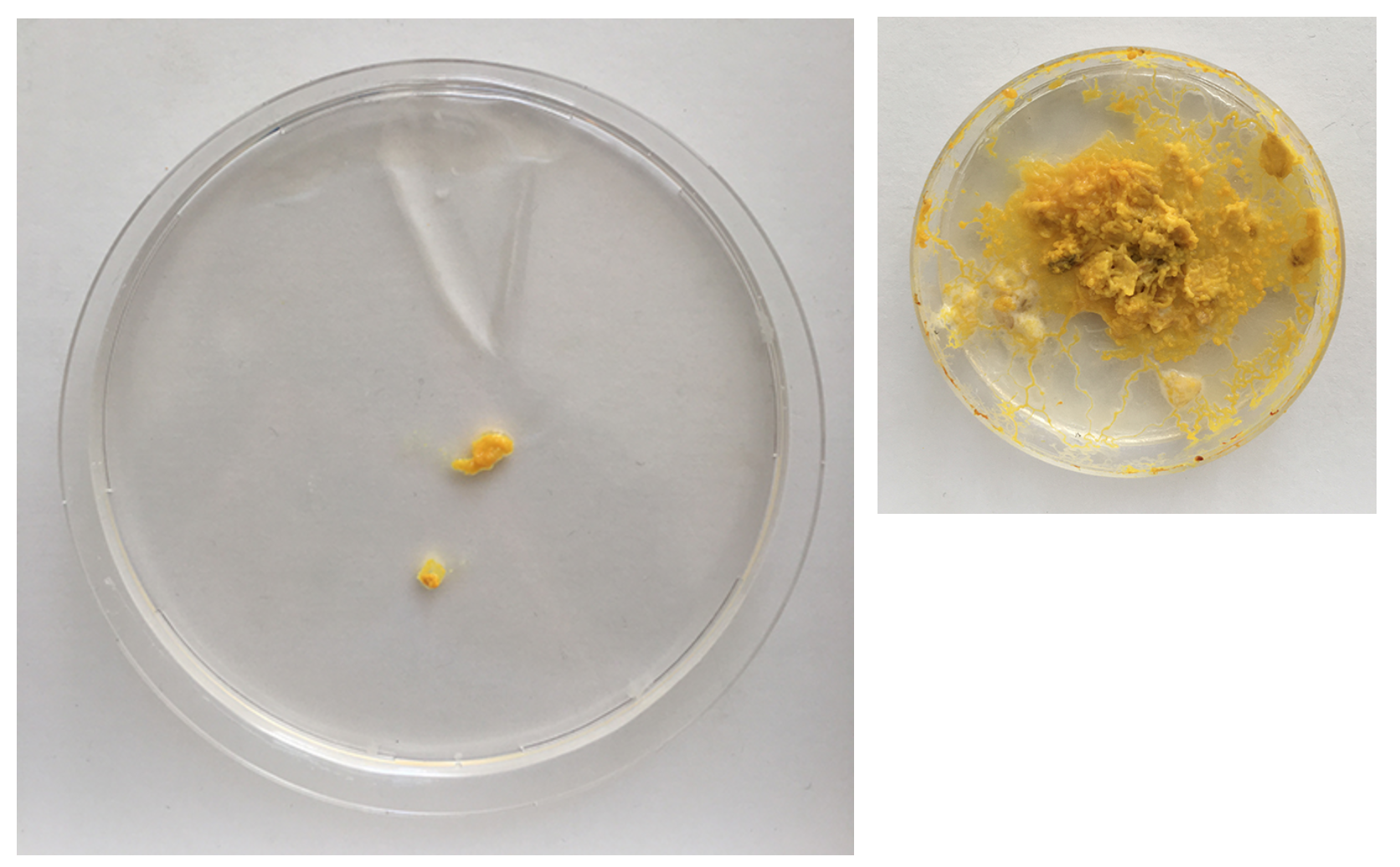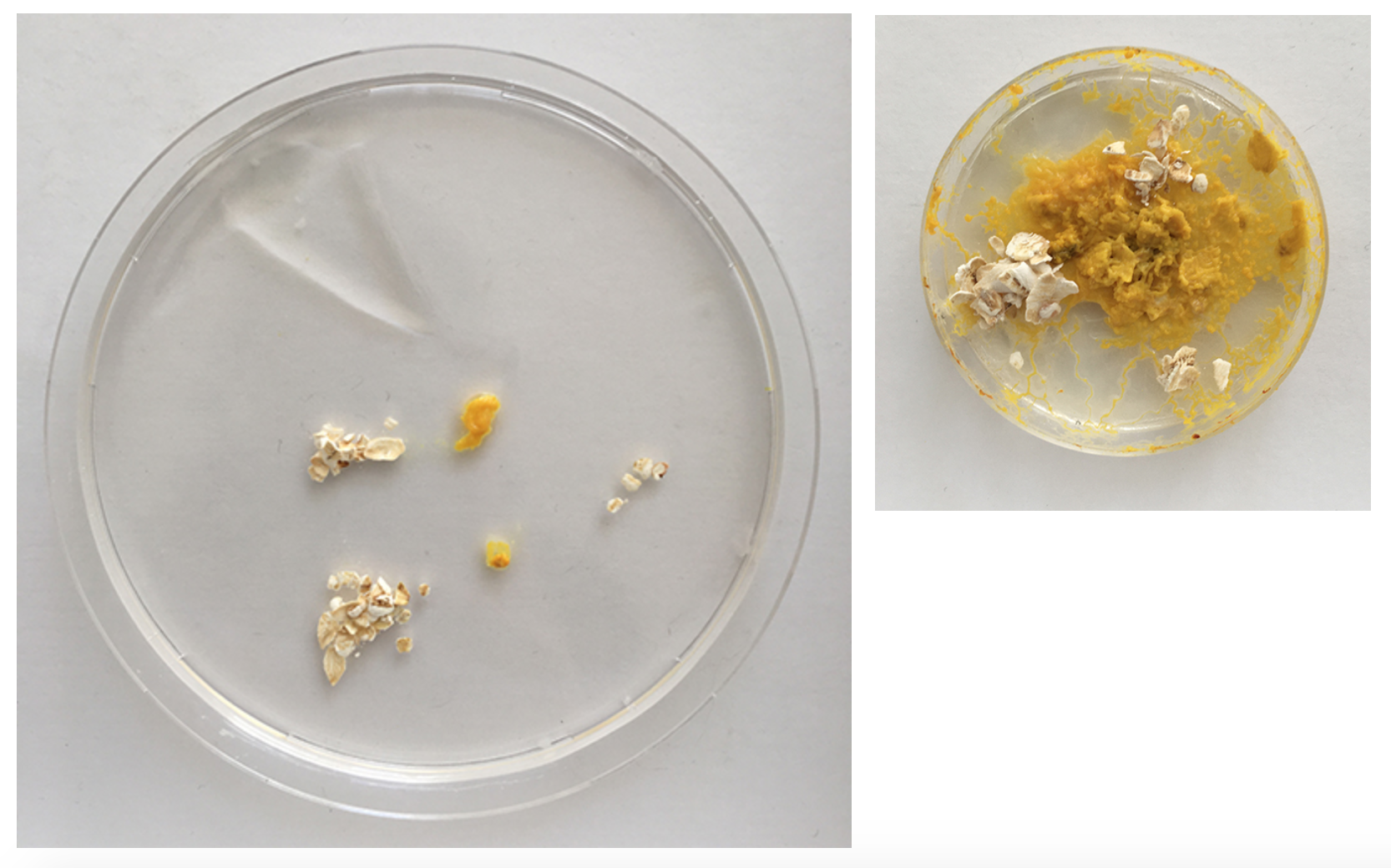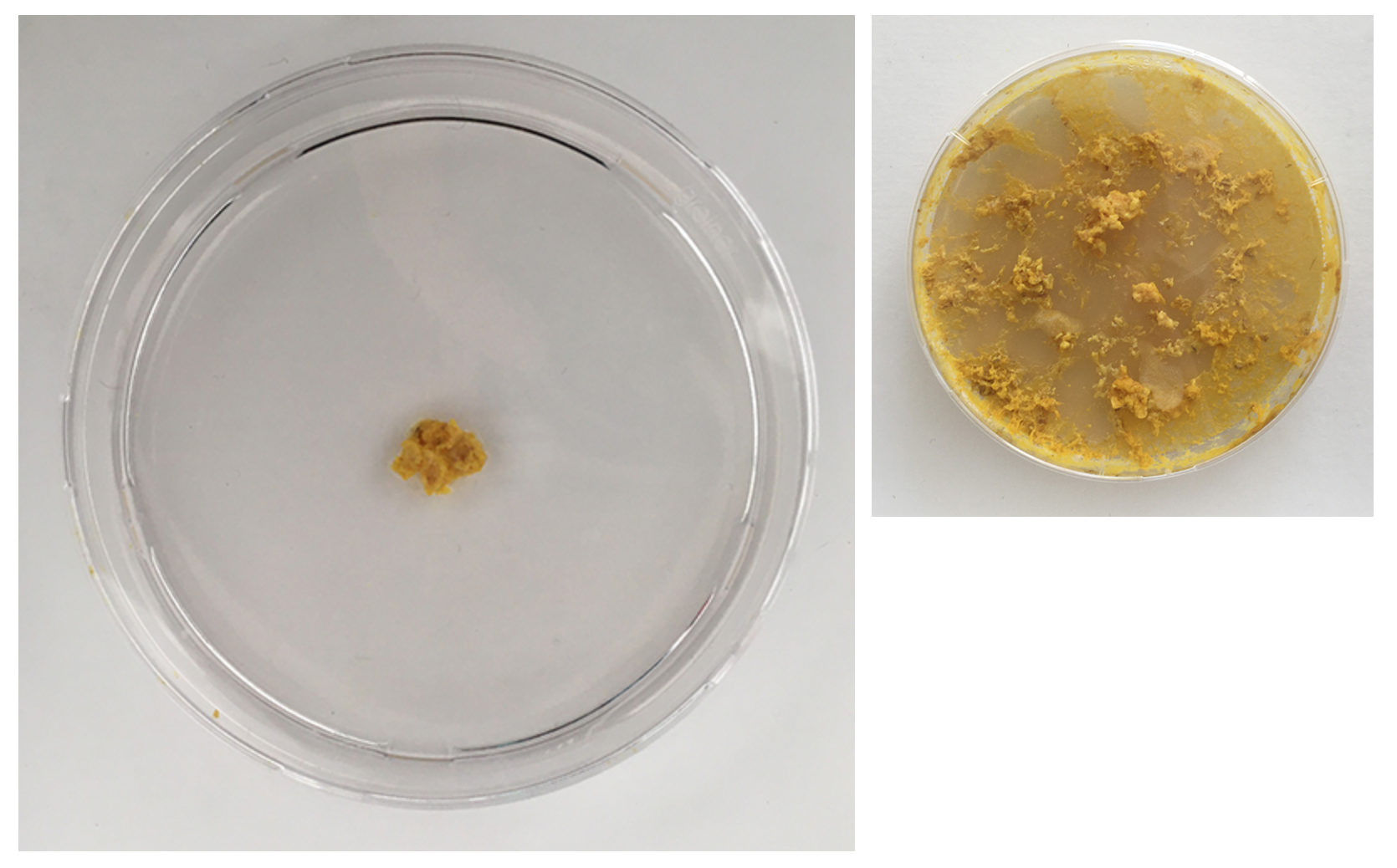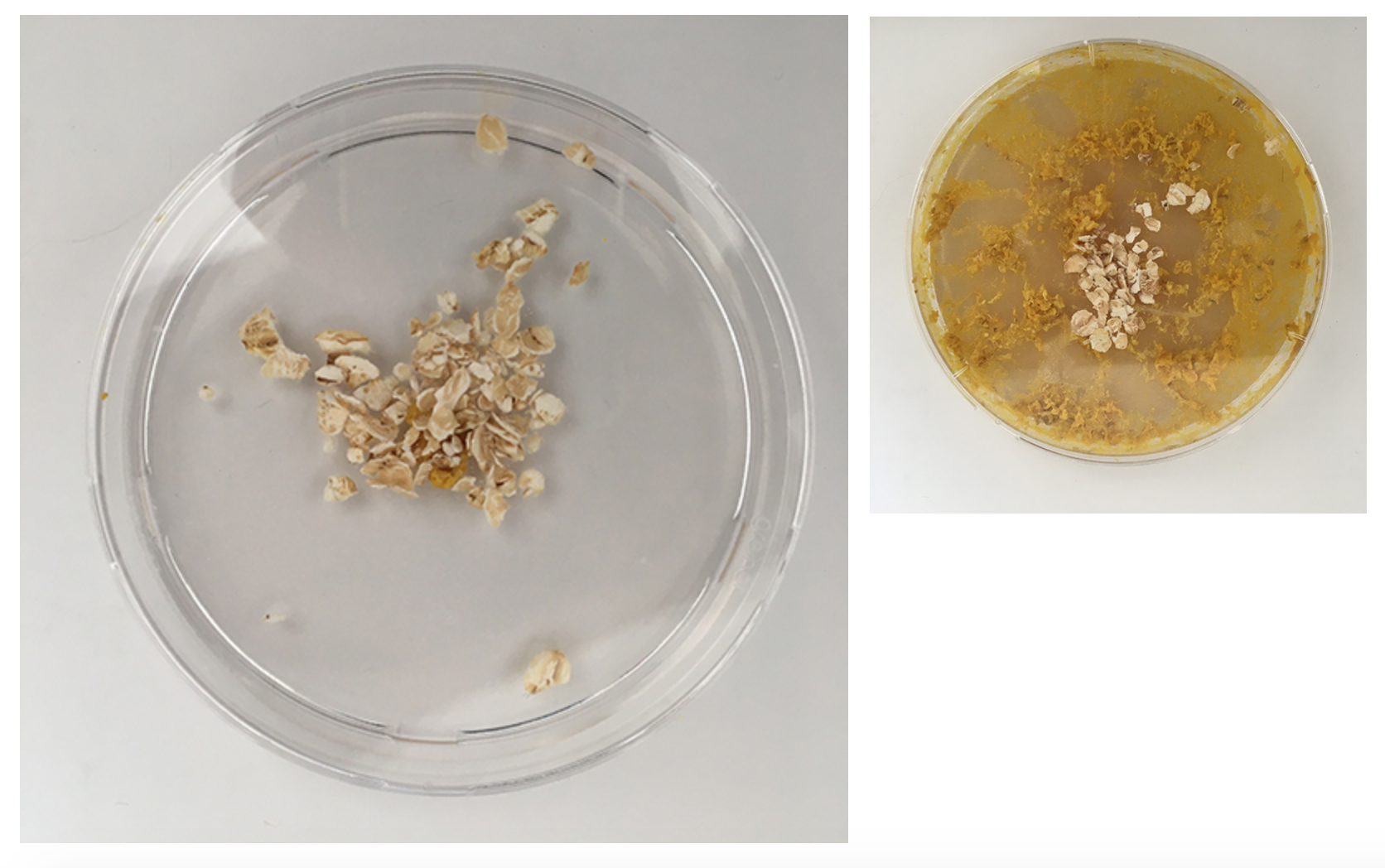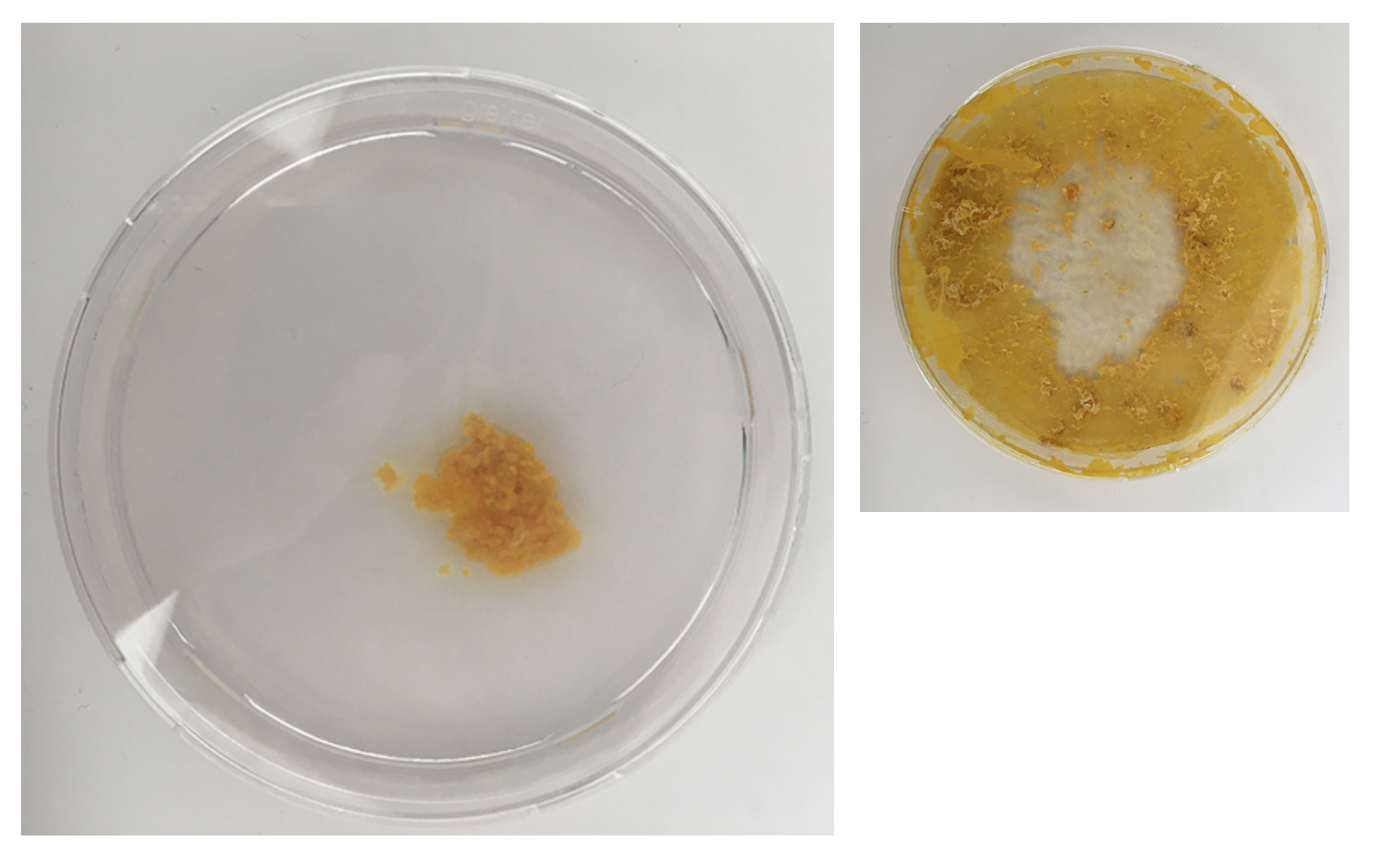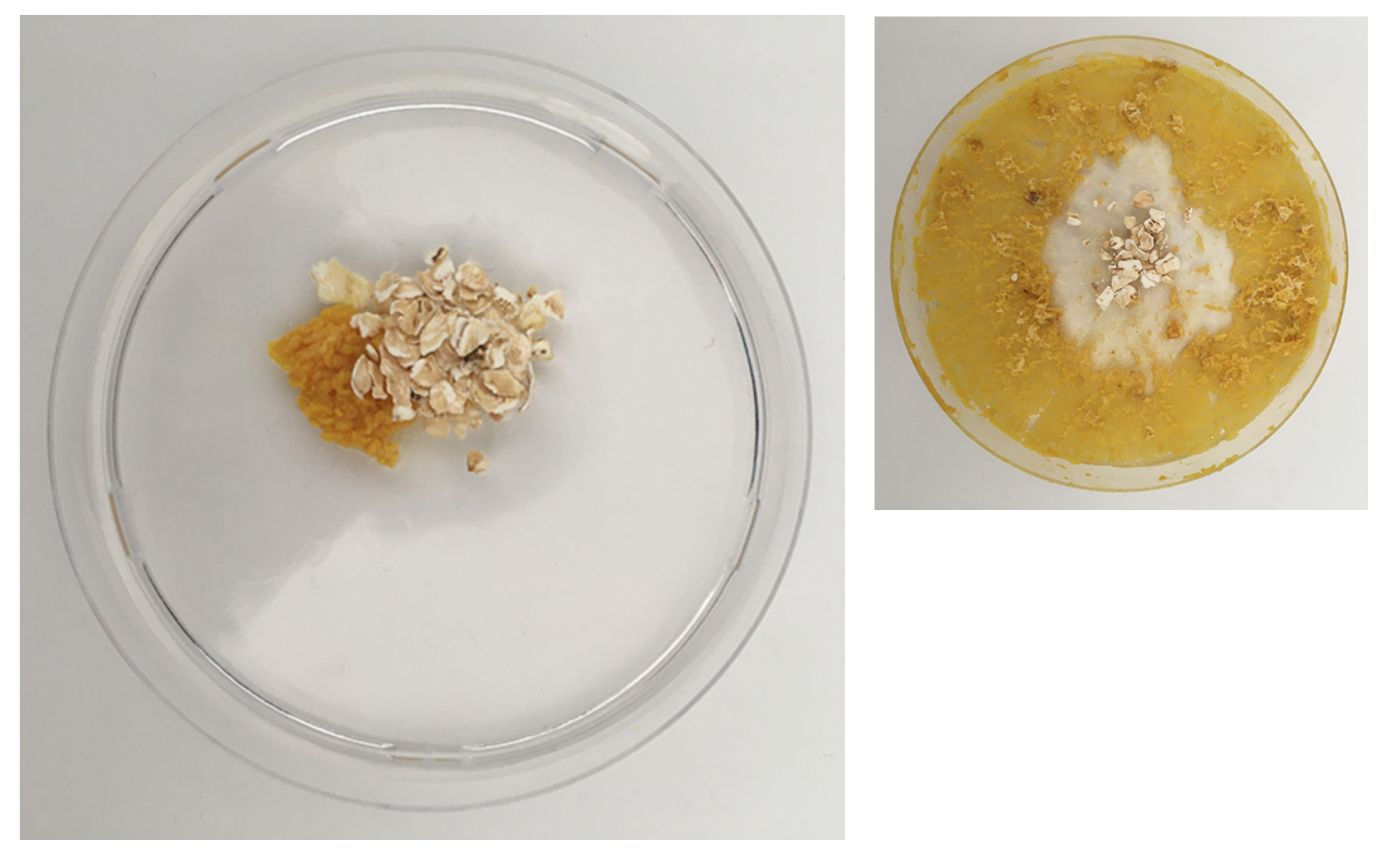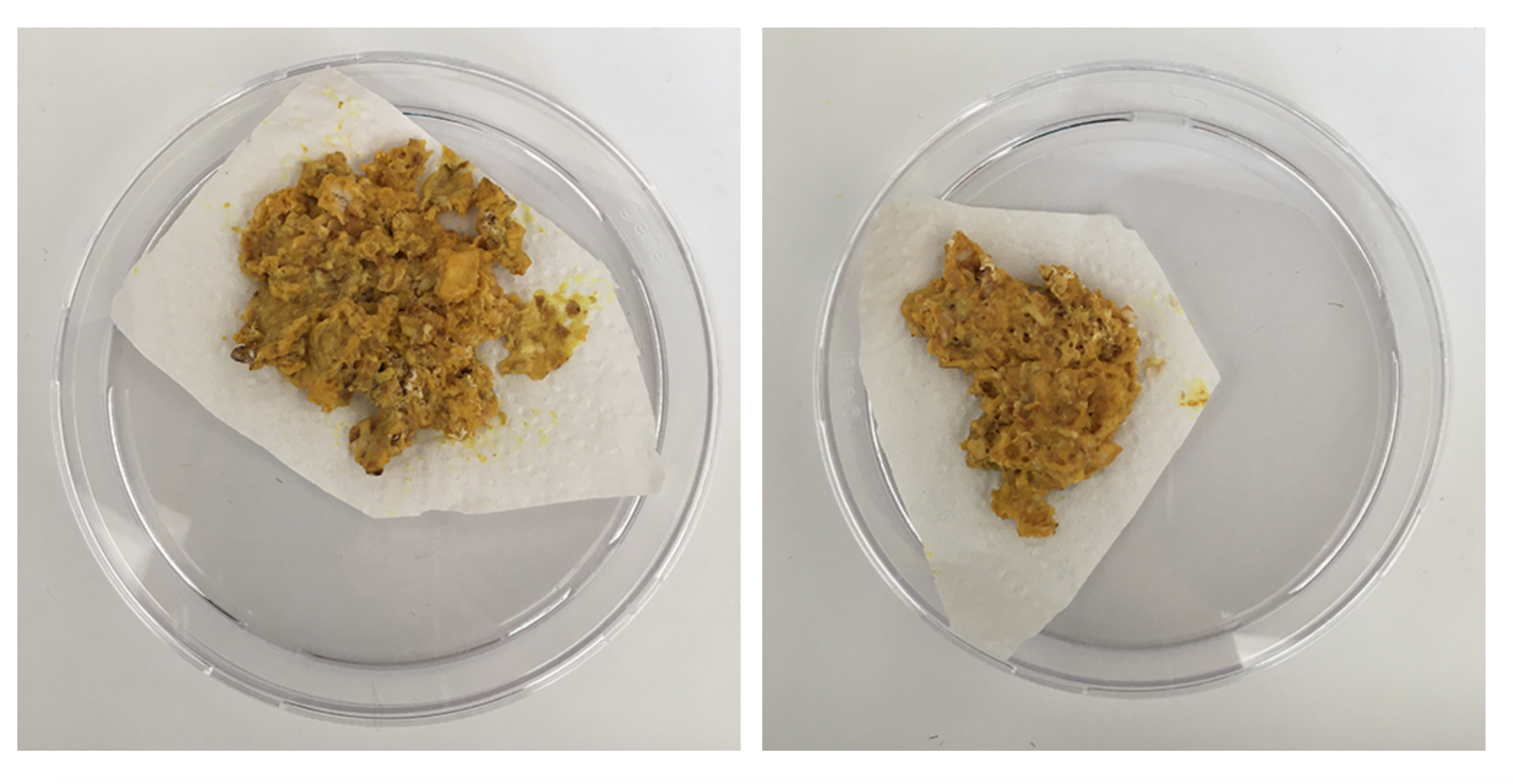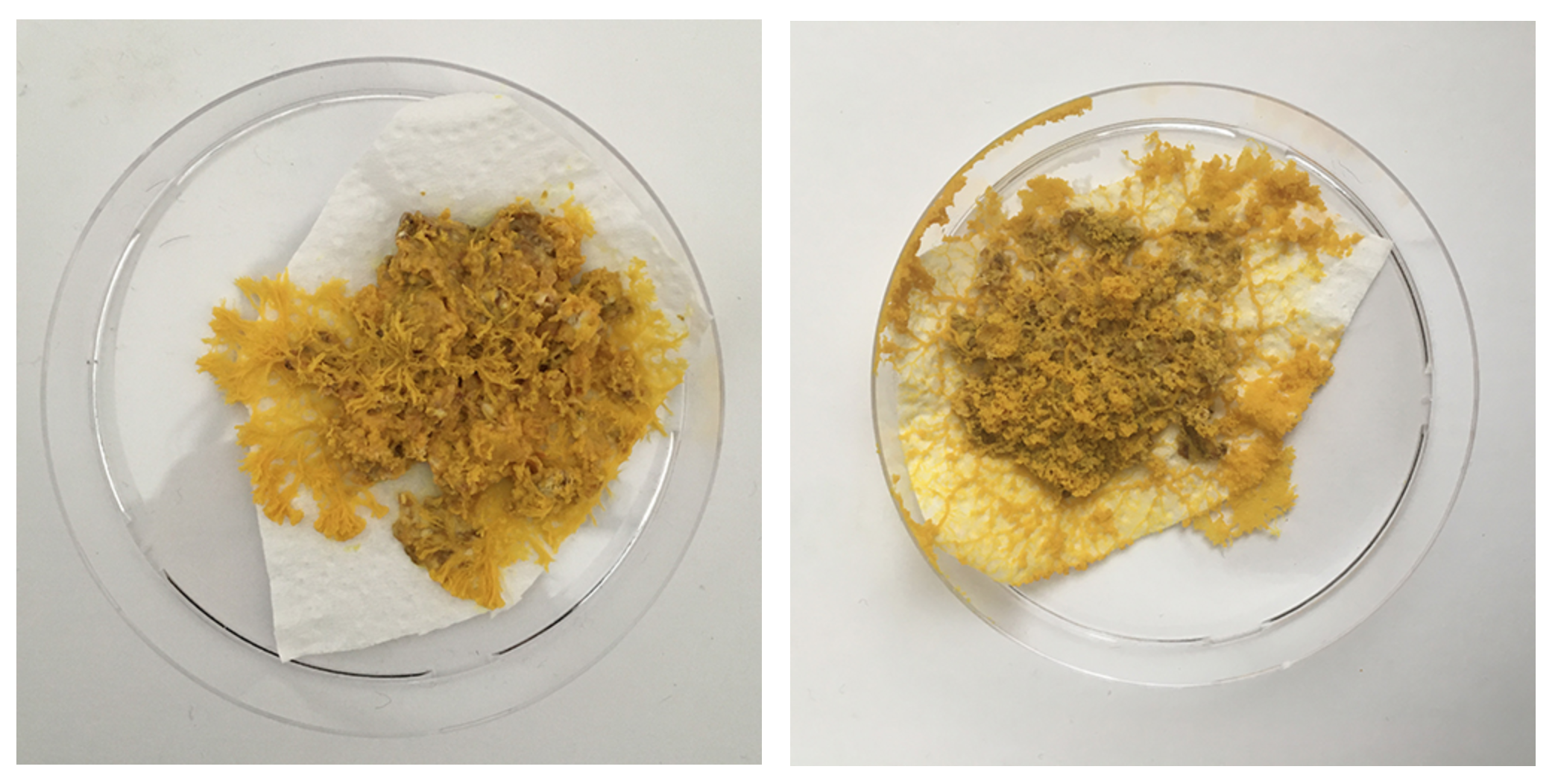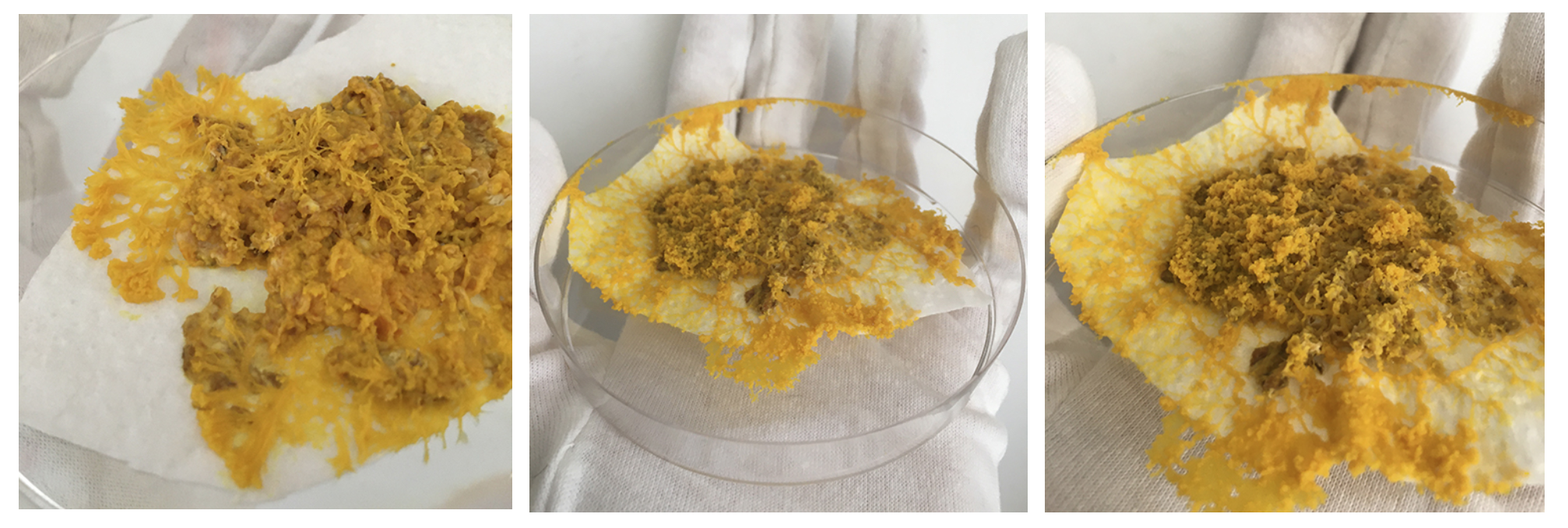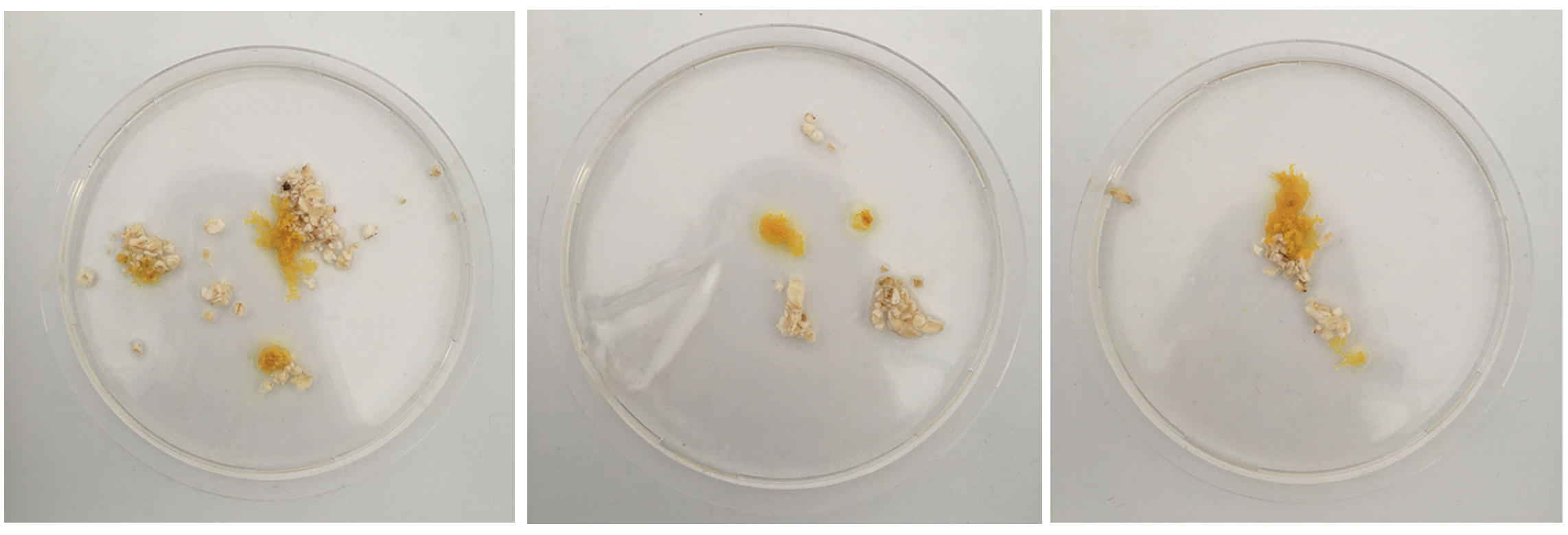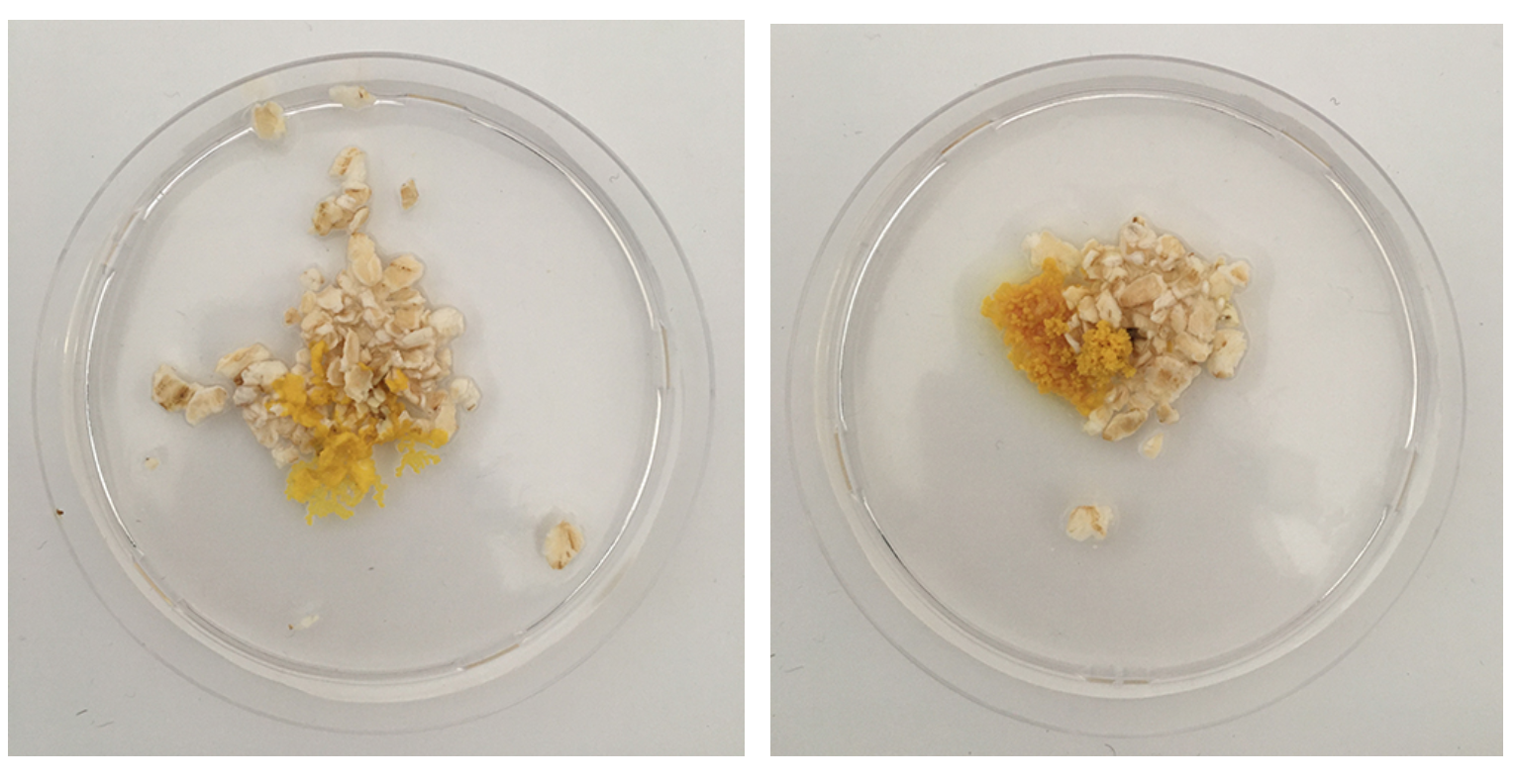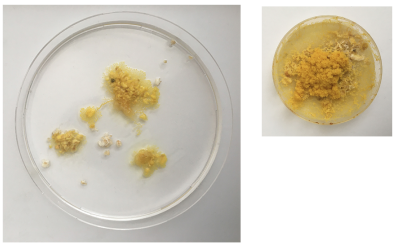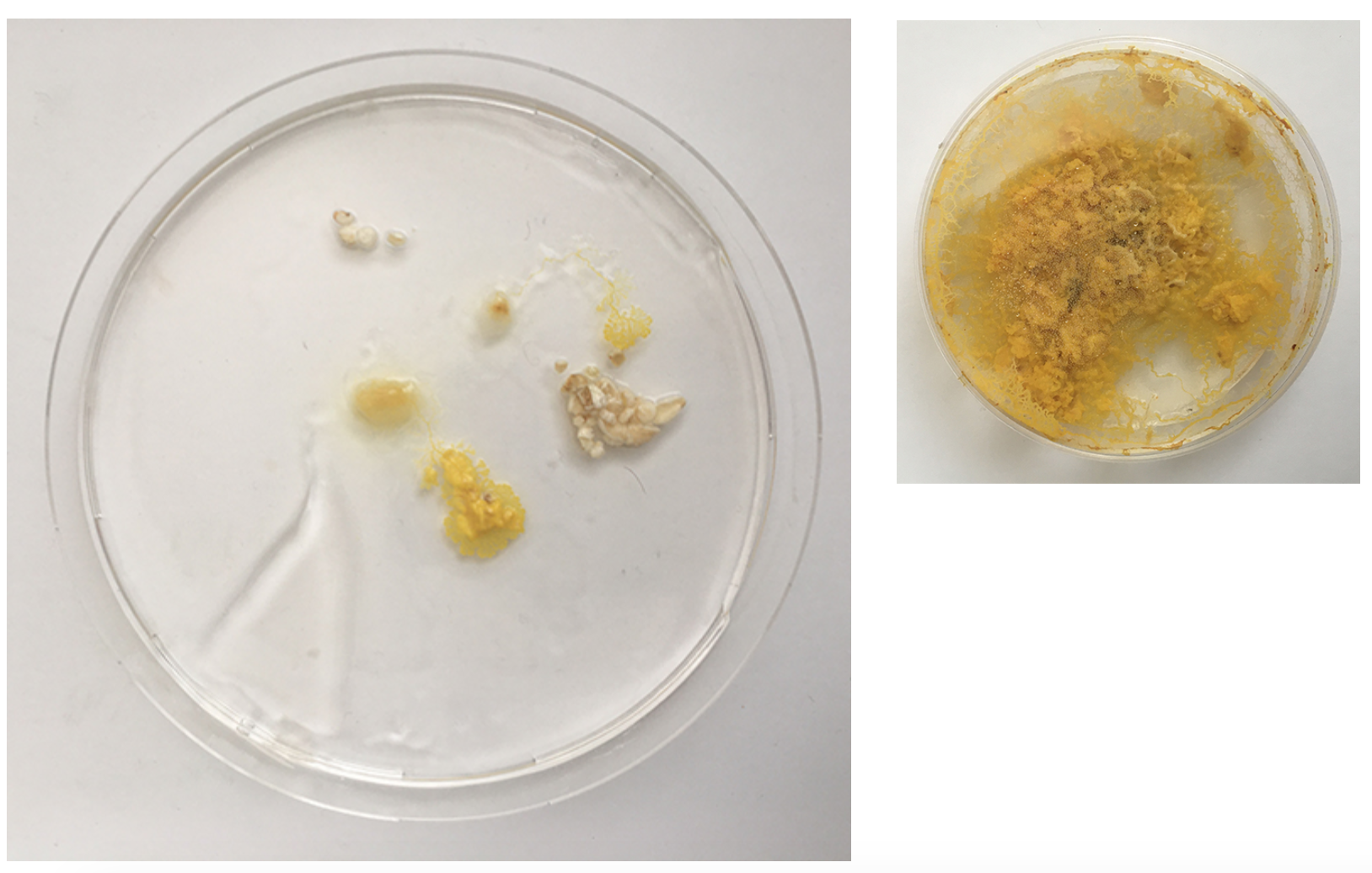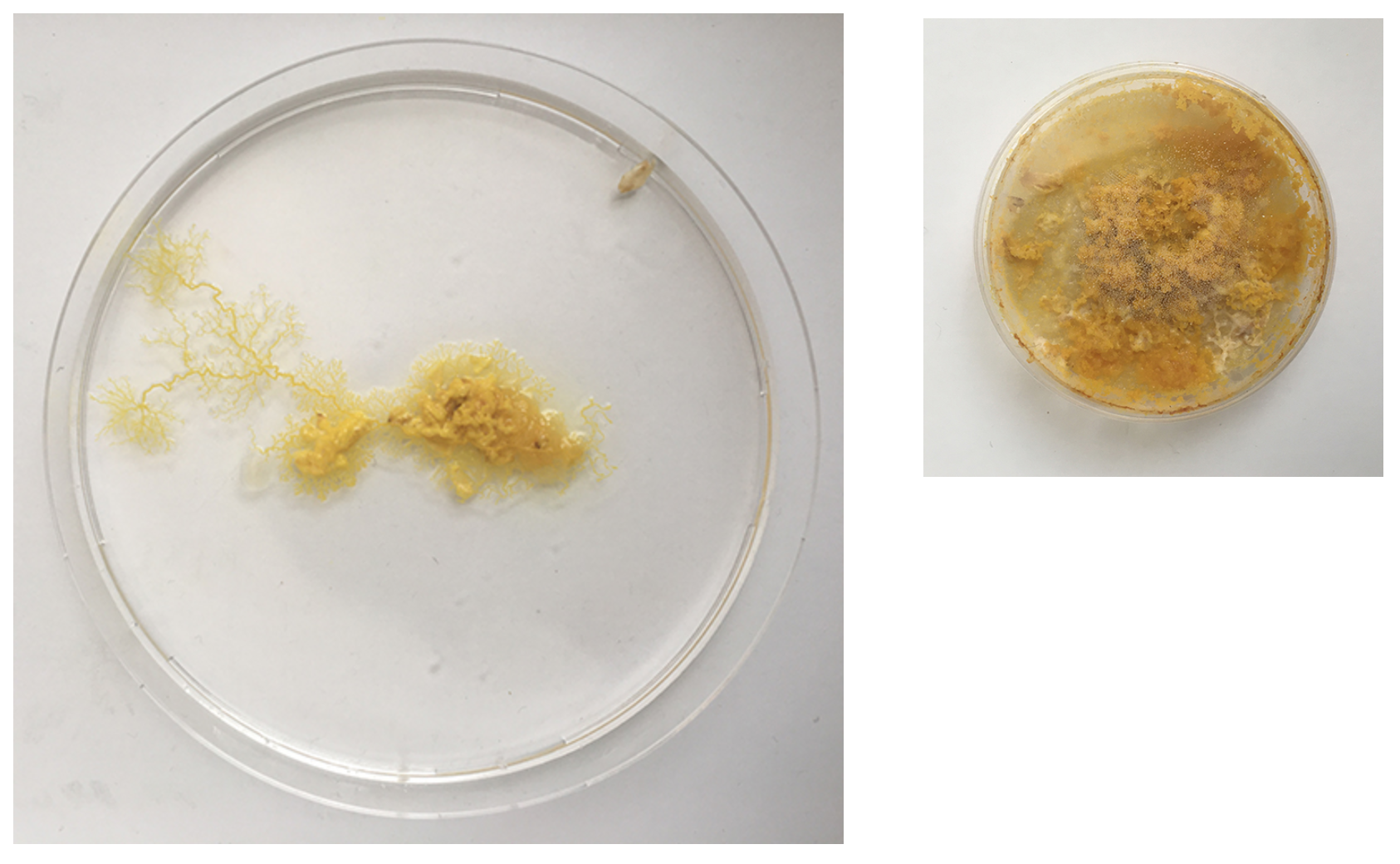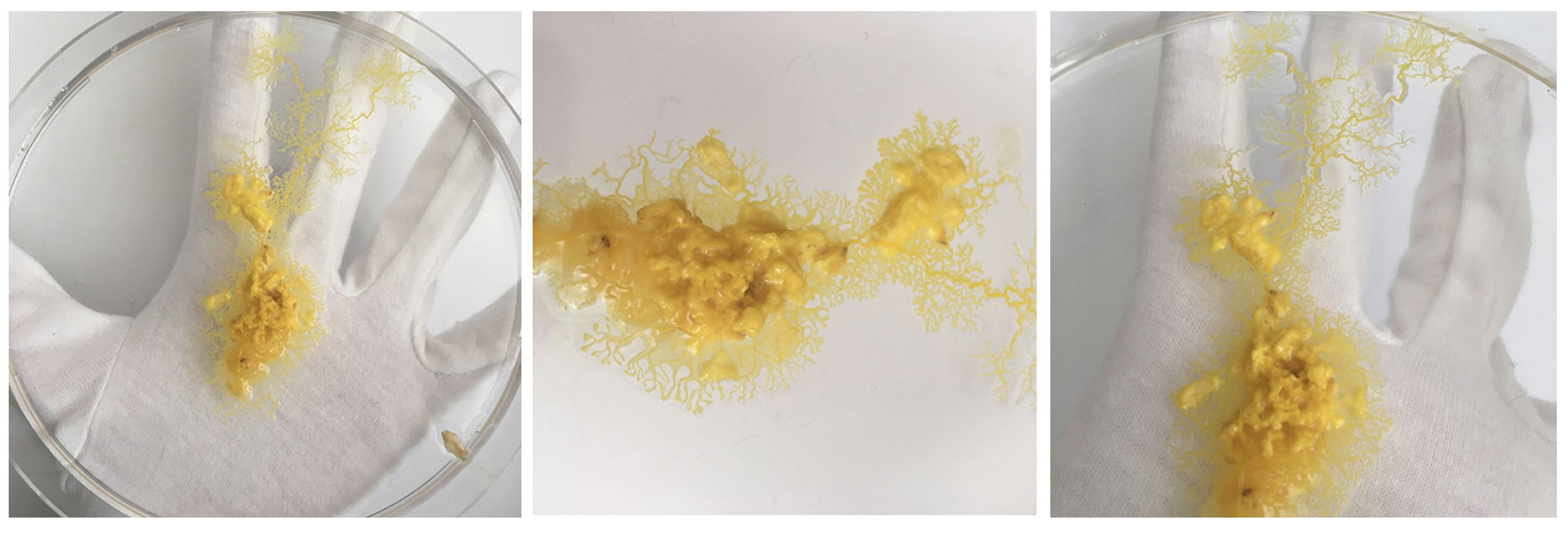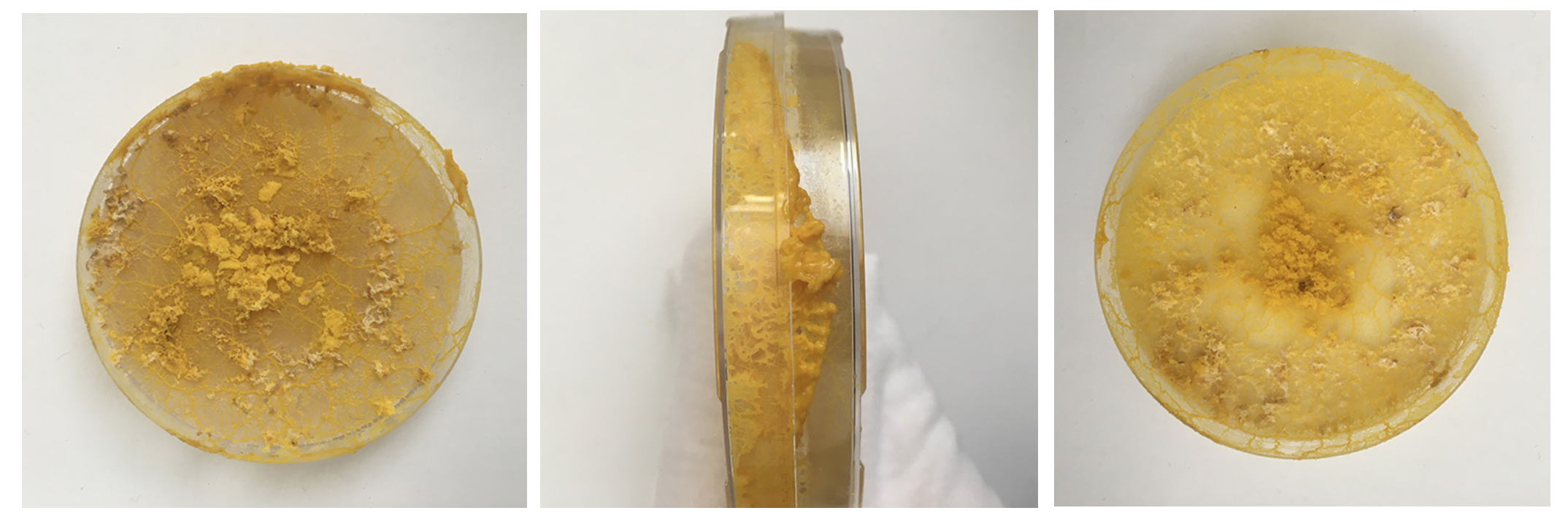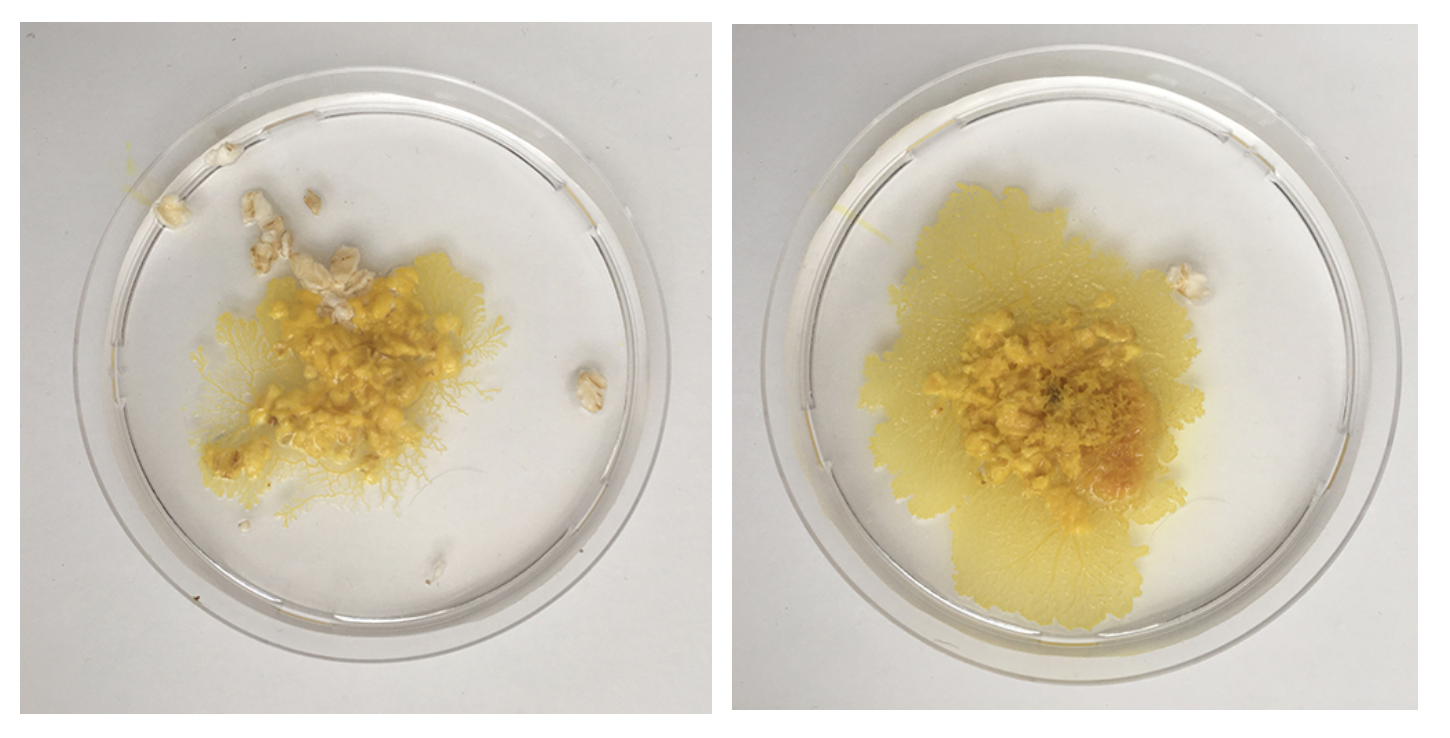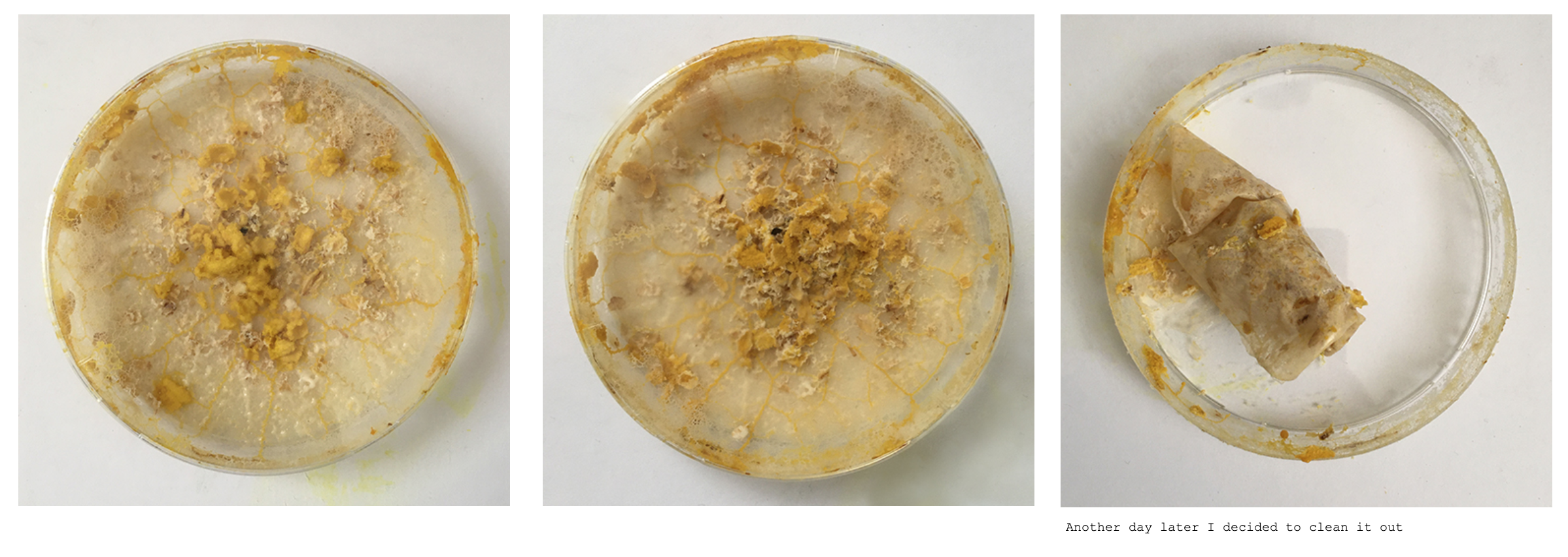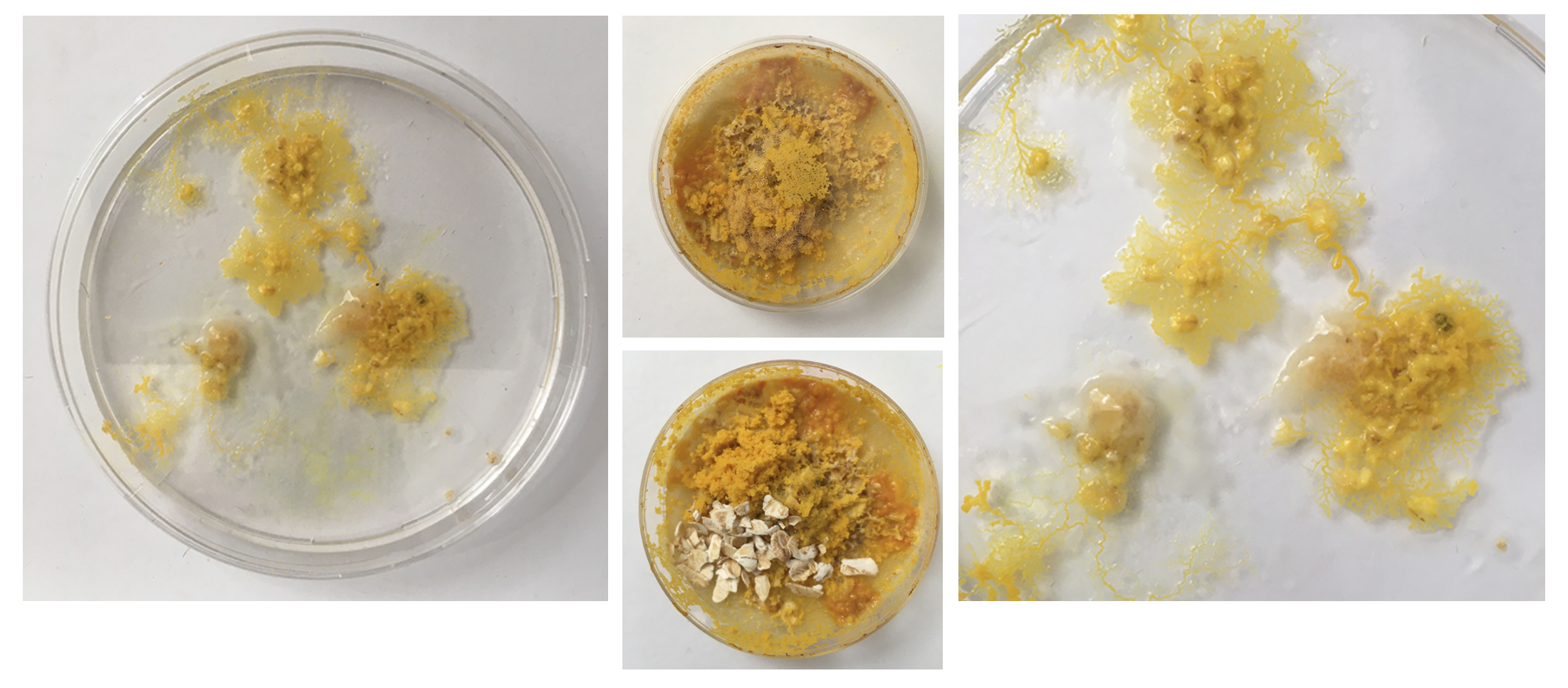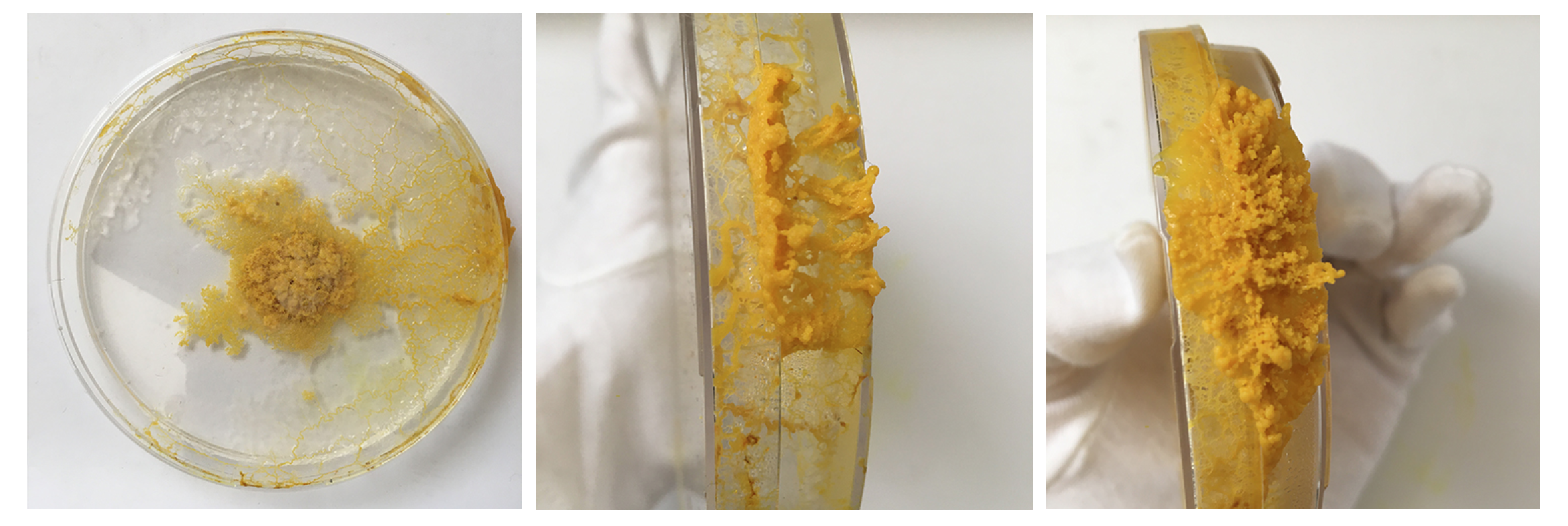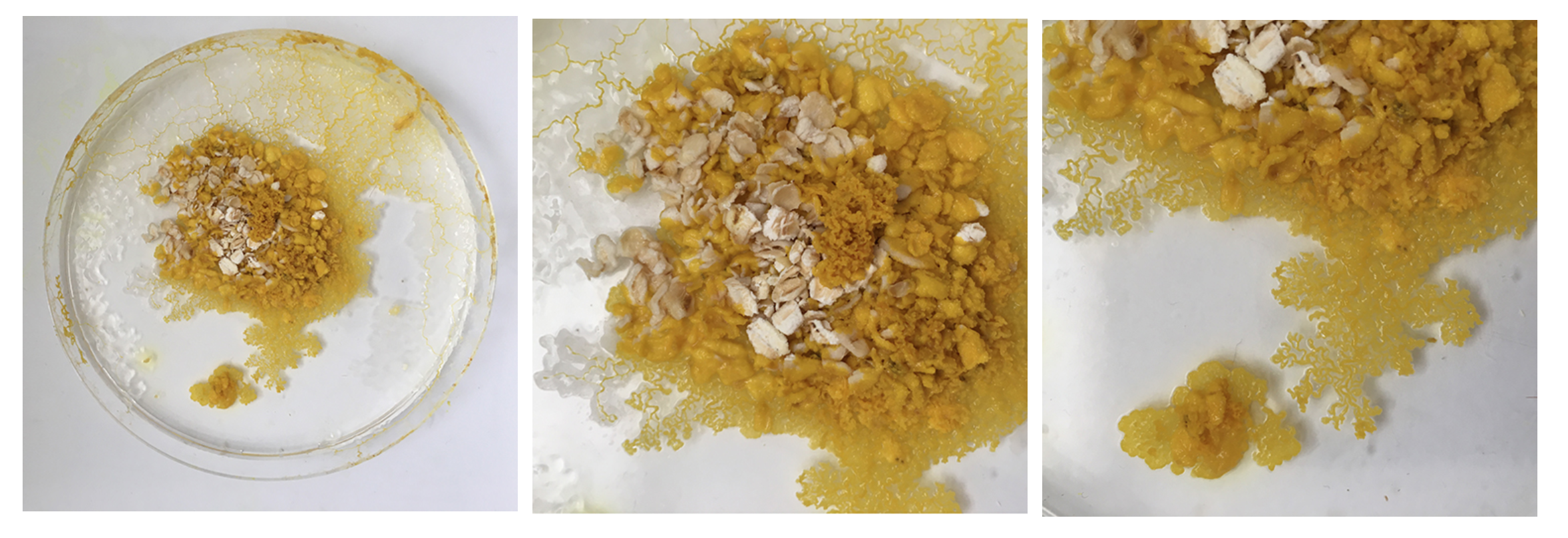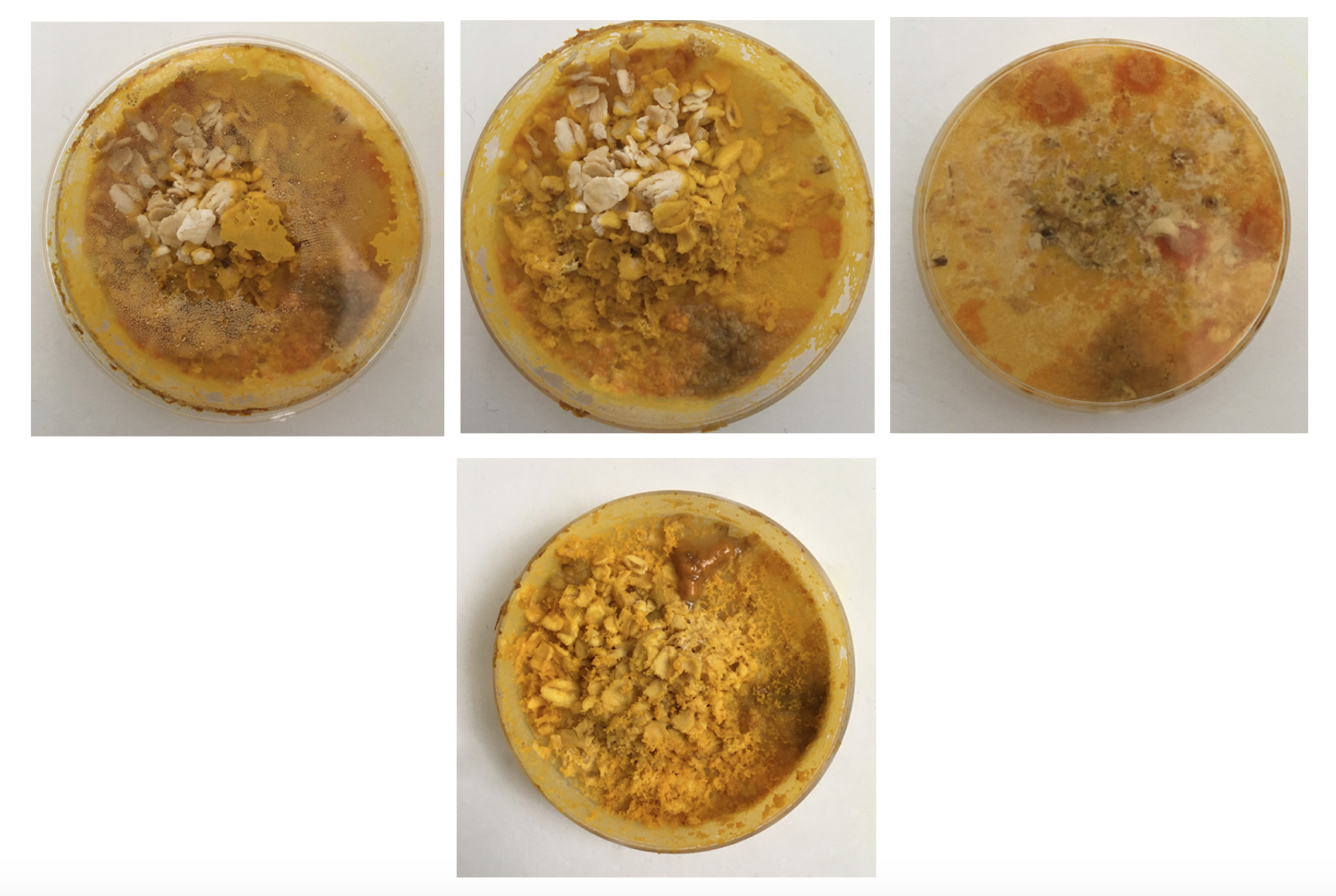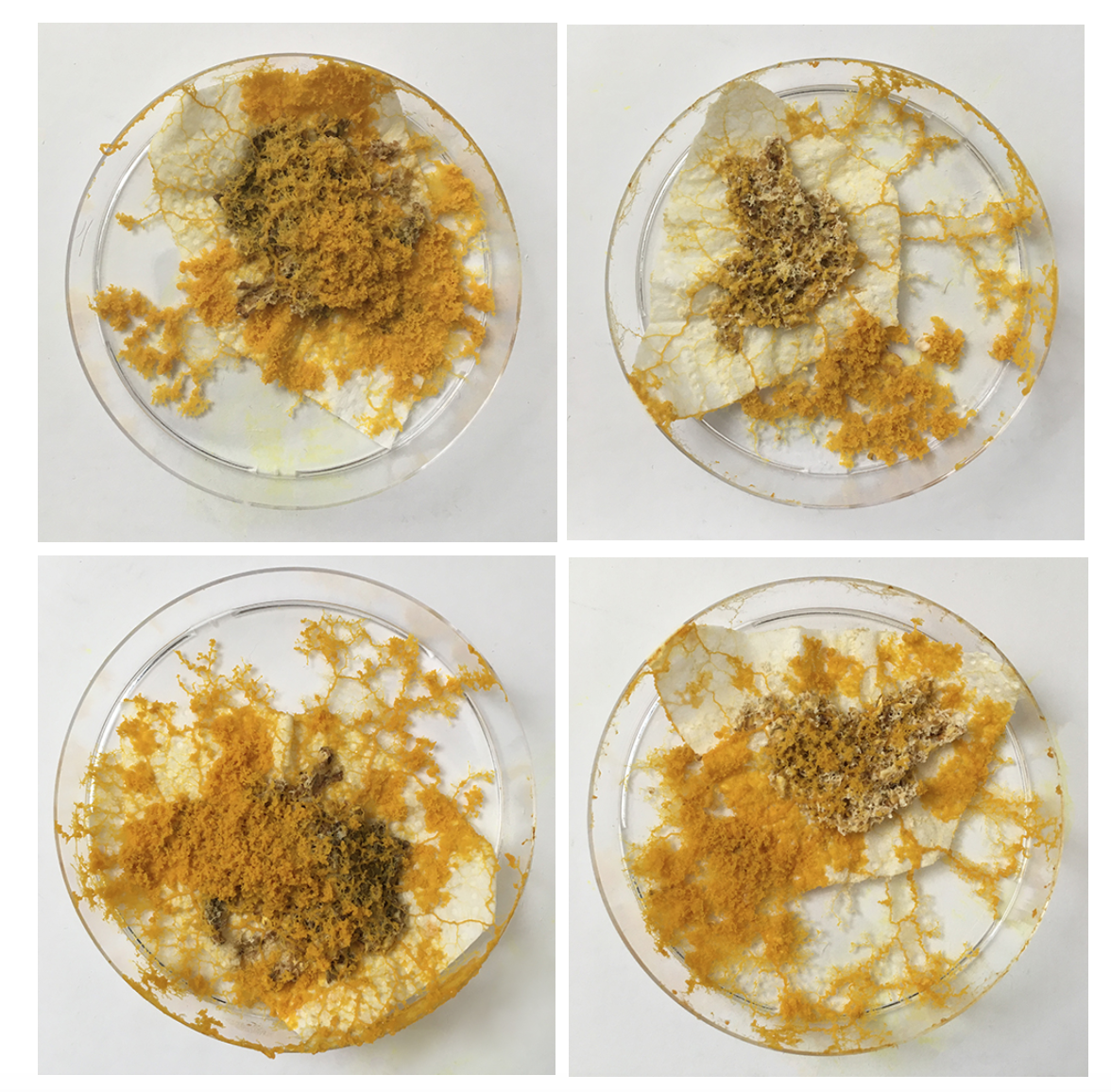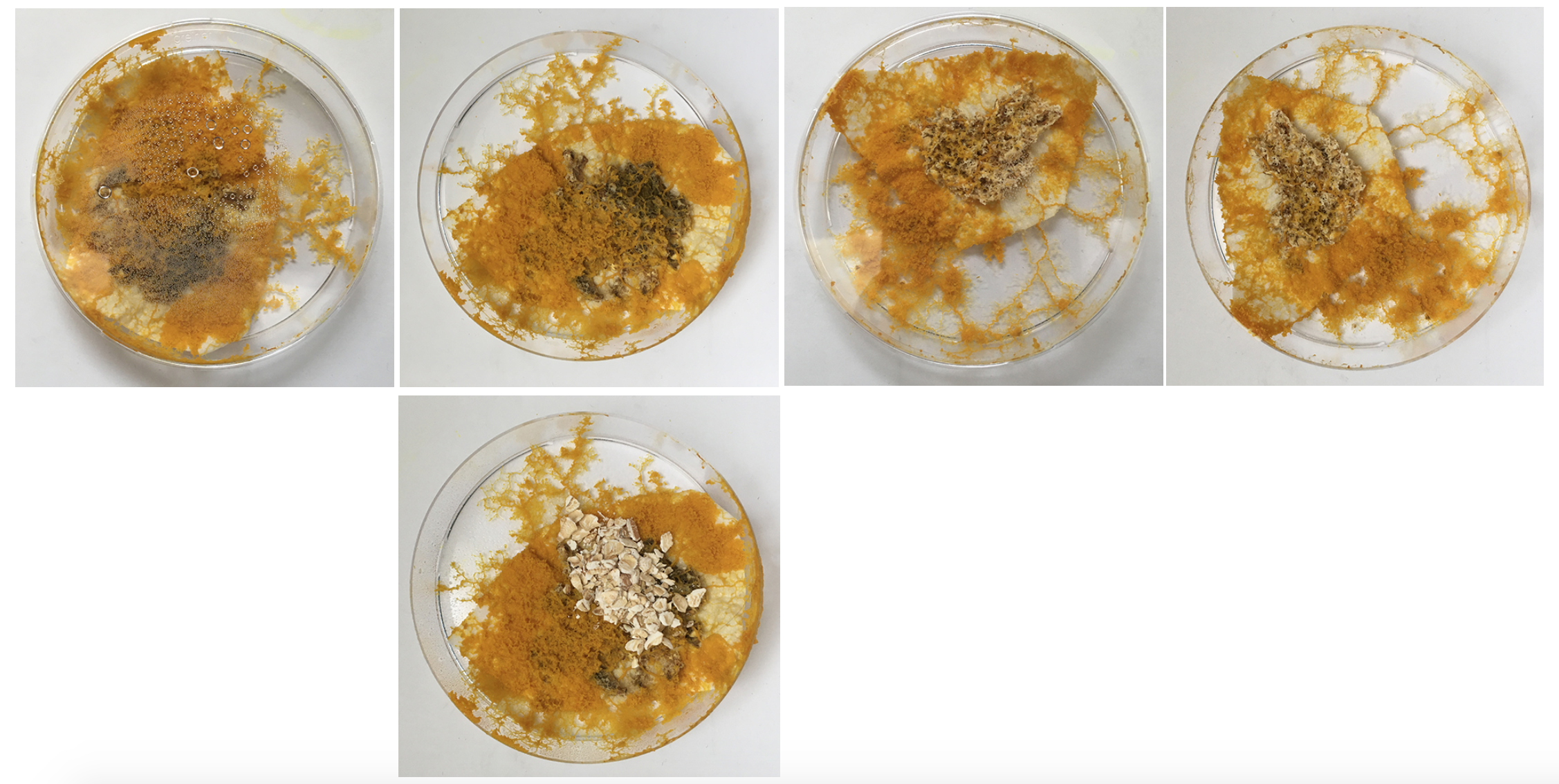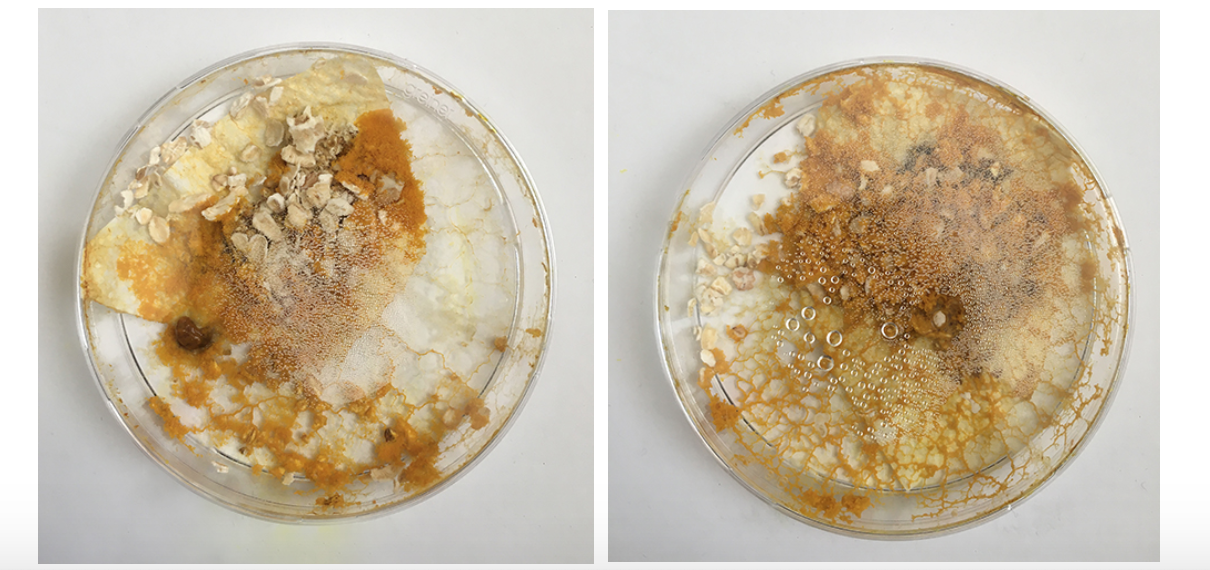GMU:If the organism will not come to me, I will go to the organism/Kristin Jakubek: Difference between revisions
No edit summary |
No edit summary |
||
| Line 1: | Line 1: | ||
== Idea == | |||
I plan for my interaction with Physarum polychefalum to manifest in a sculpture that connects the organism's natural habitat (a place it exist freely) with the life lead in sterilised human captivity (alien environment). This sculpture will be based on a formstudie between trees (PP natural habitat) and the human body. | I plan for my interaction with Physarum polychefalum to manifest in a sculpture that connects the organism's natural habitat (a place it exist freely) with the life lead in sterilised human captivity (alien environment). This sculpture will be based on a formstudie between trees (PP natural habitat) and the human body. | ||
Revision as of 16:02, 22 June 2020
Idea
I plan for my interaction with Physarum polychefalum to manifest in a sculpture that connects the organism's natural habitat (a place it exist freely) with the life lead in sterilised human captivity (alien environment). This sculpture will be based on a formstudie between trees (PP natural habitat) and the human body.
To this end I will try to implement a nutrient Agar that provides a feeding base more align with the natural habitat and would allow me to retreat my human care in the form 'feeding it' (also allowing the natural structure to be unobstructed and visible). Paradoxically, I will try to harness some control over it's visual appearance/structures to ensure a desired visual outcome as part of the sculptural installation to be observed by an audience.
Thoughts and planned conduct
What continues to intrigue me about Physarum is it's changing structure as it is artificially kept in a 'perpetual state of living'. I am primarily interested in the things I can observe myself. As a form of interaction with the unicellular organism I want to harness some control over shaping what these structures look like by analysing my method of inoculation and recreating the same conditions several times. This will investigate the question whether my human influence can manifest on a repeatable visual level or whether - as I suspect - much of how the organism takes shape is related to conditions like air quality, humidity, temperature which will vary in degrees I cannot control in my 'home studio'.
I have instead witnessed - presumably due to my inoculating of PP which is already climbing out of the petri-dish - what I would describe as the 'rejection of ones own body'. It seems that the plasmodium reaches a point after which certain parts of the body are too old to fully re-incorporate and are rejected as a blob like mass on which fresh Physarum grows. The blob instead can take on a dark/brown/black colouration. This is something I have read nothing about but seems the most striking feature in my interaction with PP.
At the same time I am aware that the conditions created for the plasmodial organism - and with them all observations I can make - are to a significant extent unnatural. Although it has lived with me for some time now, I know nothing of it's natural life cycle, I haven't e.g. seen any spores as it shifts between different hues of yellow, orange and brown/grey/green. And if it weren't for the Internet I wouldn't know that PP can move away from it's centre of origin. Hence, I am giving the organism a larger space (67x36,5x20), which will hopefully allow me to create a spacial environment that more closely resembles it's natural habitat. In it, I plan to track it's movement patterns.
I am also interested in the idea of retreating my human influence, which is most notably characterised in my 'feeding it' every day. The organism is unique in it's characteristic to wander in search of optimal conditions for it's survival. In it's natural habitat the organism roams free and feeds on bacteria, fungal spores, and other decaying organic material all drawn from the surface it covers with it's plasmodial body.
Reflections and thoughts weeks 1 - 4
So far I have been waiting for the moment where I feel 'on top of everything', this moment eludes me still but it is time to take stock and reflect on my conduct so far. I have been documenting in the form of photographs a lot, simply because the organism is constantly evolving so that if not captured the moment will have passed.(As initially everything was new I was taking photographs of all dishes. I have since gone over to only documenting special structures, or bacterial infections or other unusual features.) I am also writing down short notes of thoughts that struck me, my immediate observations, without analysing those thoughts further yet. My broader conceptual thoughts have been on a basic level, connecting different impressions in order to form my own perspective towards the organism.
At the same time my point of view was never entirely free as I entered this project with (1) already an interest for (especially) the dynamic, mind-of-it's-own quality of a growing organism (also relates to Fungi) - meaning a special interest in structural/visual appearance and time/movement/growth and (2) the ambition to create a 'sculptural moment' i.e. a special interest in forms for the organism to grow on.
I am starting to realise that this might result in the approach that I want to create first a setting/environment/habitat( i.e. sculpture) and then let the organism live, grow, decay on it's own accord. So, creating an interactive setting and then re-treating the human influence. This would include a process of first understanding both the organism's natural (the woods) and man-made (the petri dish) habitat to then create a hospitable setting which will allow the organism to thrive and live autonomously (as it should/could).
What is slowly becoming more and more clear is that I am interested in what I see, in the immediacy of the time I spent with the organism and the things I can observe with my own eyes. Although Physarum polycephalum is especially interesting for it's complex survival features, which have made it not only unique as a unicellular species but also one of the oldest species on earth, I don't want to develop my project based on the established scientific facts I can google about it. As I come from a background in branding were concepts emerged often on abstract conceptual implications and connections found out by reading about something, this time I want to base my work on what I, myself experience, observe, think through my interaction with the life form. (I want it to be what it is - I want to abstain from conceptualising on some invisible meta level.)
Sun. 31.05 Starting to notice this white-ish slime. First I thought it was mold but now I think it is the trace that Physarum leaves behind itself - which if it has enough space hinders it from going to this spot again. Might be having a strange reaction with the Agar?
Sun. 31.05 Seeing an answer to the question: does physarum grow on surfaces that are not Agar: yes! Does it maybe draw the moisture from the surface of agar so that it doesn't need it in other/all areas?
Also you can start to see the digested oats that are no longer yellow so the blob moved off of them because they offer no more for it.
Sat. 30.05 - decided to 'feed' some less to start seeing a difference in behaviour
Sun. 31.05 - because I don't want to much moisture to build up (might lead to bacterial mold) and to keep caring well for the Physarum & first get a better understanding of it, I gave each dish a full spoon of oats today.
The Physarum's structure is obviously much better visible when NOT ON OATS - so what are aesthetic and sustainable ways to replace the oats or make the food source disappear?
Mon. 01.06 - The first petri-dish, probably older than a week now changed colors, it doesn't look like mold but it's clearly much much darker then if was yesterday. Also doesn't look like the other phases of the life cycle?
Mon. 01.06 - Also there is a lot more moisture in the dishes again - maybe today is finally a day to inoculate? Clearly 6 days is the limit - better to change them after 5 days - like this guide also suggests: https://drive.google.com/drive/folders/1BYdpvPxnUNgdqqu1ELHTnbWlc0cQqvu6
Mon. 01.06 - Here you can see Physarum build a squiggly mass on top of the oats, it's more like a pile of yellow little blobs than the vein like structure.
Mon. 01.06 - Also other dishes are starting to form black dots which I can see more clearly from the bottom - which show bacterial/Yeast contamination and indicate that I should change the dish. Clearly the Physarum wants out, but isen't even healthy enough to make it.
A new inoculation follows!
What isen't really clear to me is what to do with the old dishes from which I inoculate new ones? Do I let them go their course? Do I try to transfer as much of the blob and then let the leftovers dry?
Answer - Mon. 08.06: I wait until the dish is fully dried out our possibly contaminated to throw away whole dish in worst case or clean out the already dried Physarum. I now have pre-made petri-dishes for when a lot tries to escape. If only a little tries to come out I put it back in the same dish.
Observational notes
1 large petri dish the agar never settled even though it is the same mix as the others- possible because I moved it too soon disrupting the cooling process?
Also I need to make sure I have a bit more Agar next time as the solution is very wet in general.
The petri-dishes with the discarded oats and Physarum clearly show that Physarum senses no more food and is trying quickly to escape to survive somewhere else.
Also the medium older dishes show me that Physarum has a sense for the environment and tells me very clearly it wants a new home! Even with enough food it wants to move on somewhere with better conditions - within one night it's climbed half way out the lid. The others are quite happy where they are though.
The small dishes - after I removed the excess /old food seem 'happy' - they've reconnected and are staying inside the dish, also no colour change but the structure looks like it might be going towards spores.
I'm getting a sense for how Physarum perceives it's environment slowly.
Day 1 - freshly transplanted
I removed the oats with Physarum from the old dishes and preserved it.
Day 2 - still strong but also fast moving out of the dish. clear indicator that the leftovers can't just be thrown away as the organism still lives on even when perceived as 'discarded' by me. Even spreading faster than on the new Agar dishes.
Day 3 - The structure already looks much weaker and the colour is more faint
Day 1 - First movements in the big dishes
All small dishes are starting to look 'healthier' again - strong structure and colouring
I had these liquidy membrane looking blob parts - what are they? A weird form from the Agar which was too liquid? Answer: When compared to the freshly inoculated dish: these are the spots of the Physarum placed - it moved from this spot quickly on to the fresh oats and these spots might have had a strange reaction with the still too fresh Agar or brought rests that where no longer good for Physarum and turn into this weird blob.
Here, in both dishes, we can see the dish looks quite dry - in the one on the left the Physarum is crawling out because the environment is not good enough anymore.
In comparison the new dishes have a very moist agar (too moist) and are spreading out across the space.
specific documentation of Physarum in captivity: https://kjakubek.hotglue.me/?iforganismdocumentation/
online Processbook in process: https://kjakubek.hotglue.me/?Iforganism
